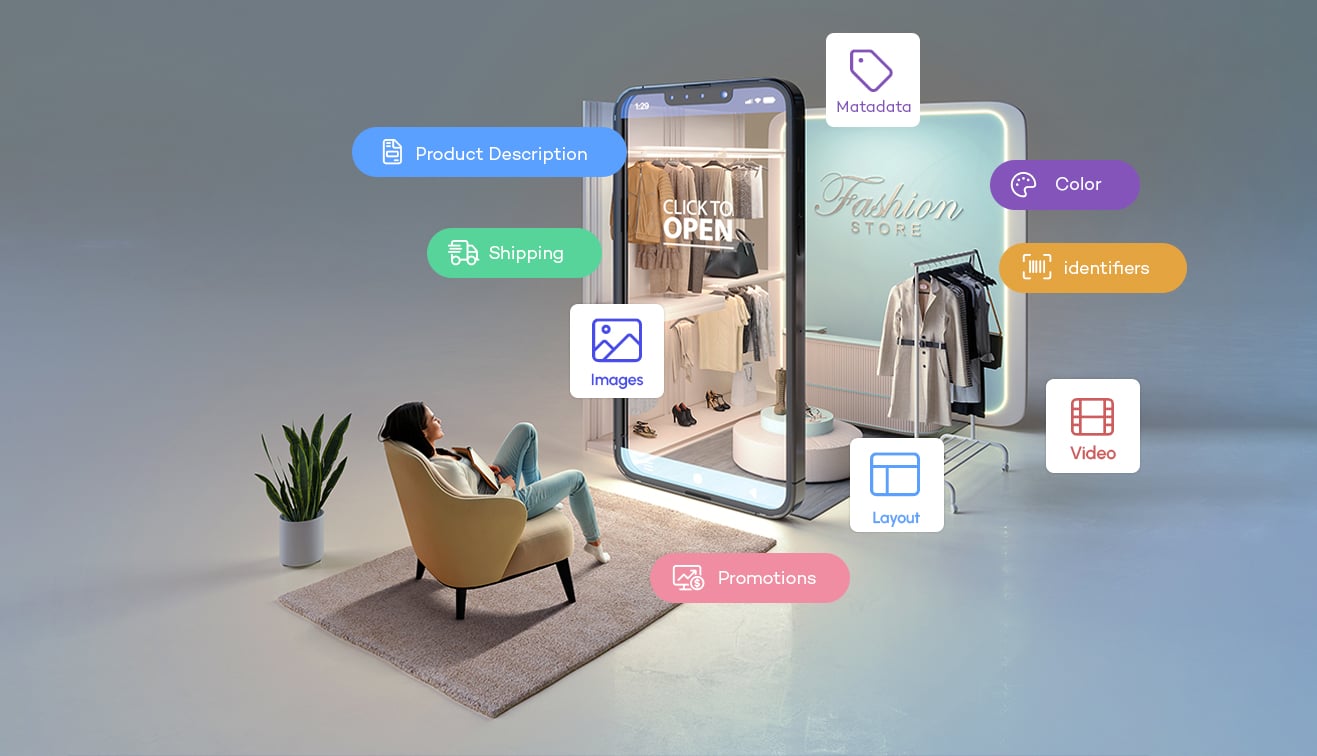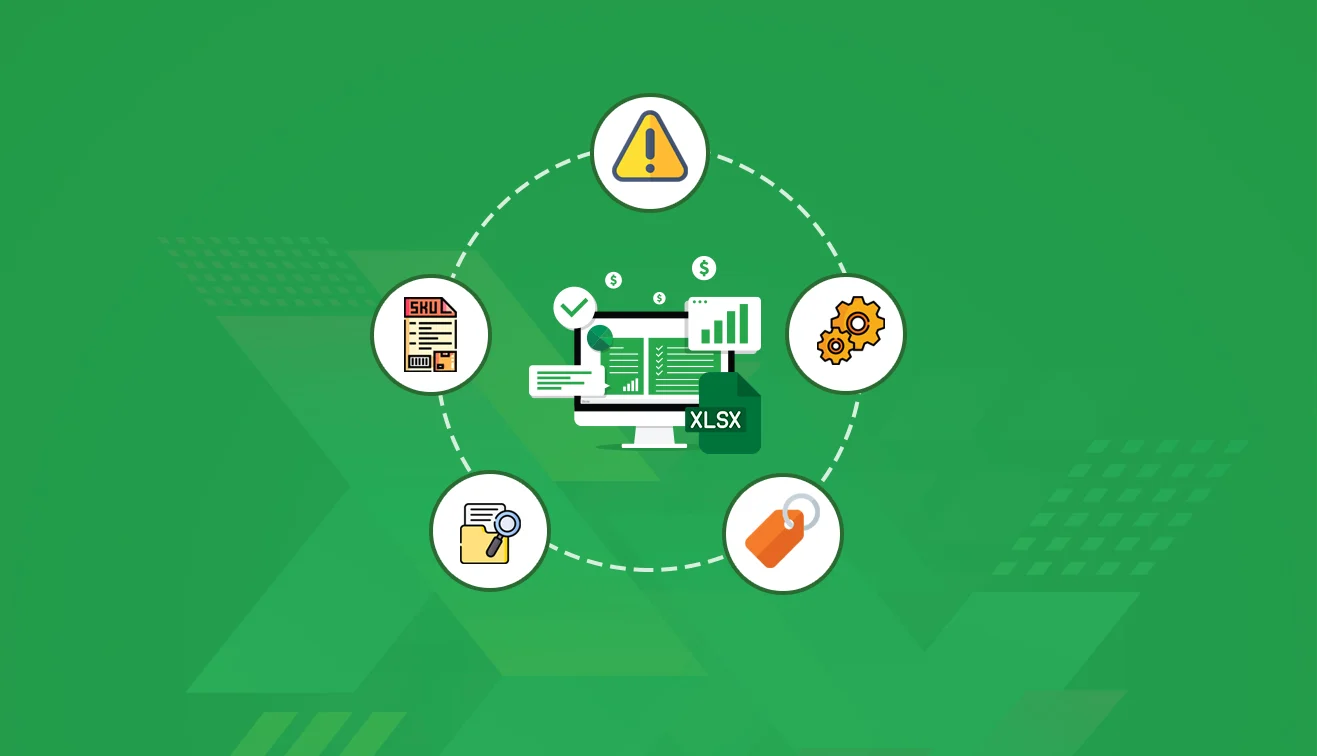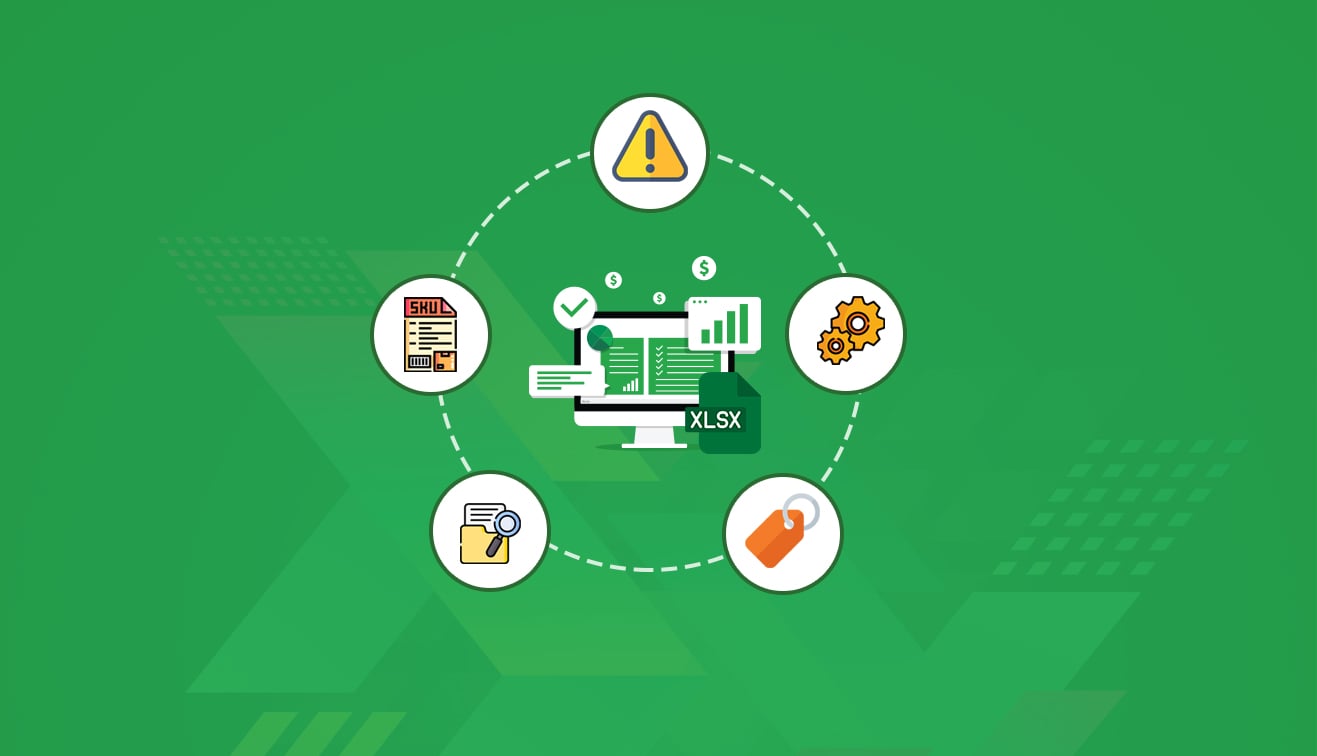Product information management (PIM) is something ecommerce businesses have implemented worldwide — and it is only growing. According to research by AlliedMarketResearch, the global PIM market size was valued at $9.90 billion in 2019 and is projected to reach $59.25 billion by 2027, growing at a CAGR of 25.2% from 2020 to 2027. As your company scales, you’ll need something more sophisticated to be sure you’re offering the best user experience possible.
Today’s product information management software collects, manages, enriches and distributes product information across distribution channels, from your ecommerce storefront to social sales channels, marketplaces and even advertising networks.
A BetterCommerce PIM solution can become your single source of product truth by acting as a central hub for your product content management, then syncing it across your tech stack — ecommerce platform, ERP, OMS and other third-party integrations.
But what exactly is PIM? Why is it critical for modern businesses? In this blog, we will address some of the most pressing PIM queries and how it can revolutionise your product data management.
Let's get started!
1. What Is PIM and Why Is It Critical for Modern Businesses?
Product information management, aka PIM, is the practice of collecting, managing, enriching, and distributing product data across multiple channels. Doing so, it acts as a central hub for all your product data and ensures the accuracy, consistency, and efficiency of your business operations.
With the growing complexity of product catalogues and the need to cater to multiple sales channels, a PIM system acts as a central repository for all your product information, making it easier to manage and distribute across various platforms.
BetterCommerce PIM helps overcome data silos, manual entry, and inconsistencies, ensuring accurate and up-to-date product information. This leads to enhanced customer experiences, increased sales, and business growth.
2. What Type of Data is Stored in a PIM System?
A PIM system stores comprehensive product information such as descriptions, specifications, prices, images, videos, documents, and metadata. It also includes attributes like dimensions, weights, colours, materials, and any other data pertinent to the products.
3. Who Benefits Most from Implementing a BetterCommerce PIM System?
eCommerce businesses of all sizes can benefit from implementing a BetterCommerce PIM system. Whether you're a small startup or a large enterprise, if you deal with a large volume of products and multiple sales channels, a BetterCommerce PIM system can transform the way you manage your product data.
Businesses experiencing challenges with inconsistent product data, managing product information across multiple channels, or struggling with manual data entry and updates can benefit from a PIM system. If your ERP system is insufficient for handling detailed product information, a PIM might be necessary.
4. Can the BetterCommerce PIM System Easily Connect with My Internal Platforms?
Yes, BetterCommerce modern PIM systems are designed to integrate seamlessly with various internal platforms such as ERP, CRM, eCommerce, and marketing automation tools. Ensure the PIM solution you choose supports robust API capabilities and offers pre-built connectors for easy integration.
5. Does my business need a BetterCommerce PIM solution?
As your business grows and expands, there are several signs that indicate it's time to implement a BetterCommerce PIM solution. Some key indicators include:
- Inconsistent Product Content: If you're struggling with inconsistent product information across different sales channels, a PIM solution can ensure accuracy and consistency.
- Data Silos: If your product data is scattered across various systems and departments, resulting in duplication and errors, a PIM solution can centralise and streamline your data management.
- Manual Data Entry: If your team is spending excessive time on manual data entry tasks, a PIM solution can automate and simplify these processes, freeing up valuable time for more strategic activities.
- Growing Product Catalogue: If your product catalogue is expanding rapidly, making it difficult to manage and update product information, a PIM solution can provide a scalable and efficient solution.
By recognising these signs and implementing a PIM solution, you can overcome these challenges and optimise your product data management processes.
6. What are the Key Features of BetterCommerce PIM Solution?
Features of BetterCommerce PIM solution:
- Single Source of Truth: An ideal PIM solution should act as a centralised hub for all your product data, ensuring consistency and accuracy across all sales channels.
- Digital Asset Management: The ability to manage and organise media assets, such as images and videos, within the PIM system is crucial for enhancing product content.
- Integration Capabilities: Ensure the PIM solution seamlessly integrates with your existing systems, such as your ecommerce platform, ERP, and other third-party integrations.
- Product Data Transformation: BetterCommerce PIM allows for sophisticated product data transformation, enabling you to adapt and customise product information to meet the specific requirements of different sales channels and markets.
- Product Taxonomy Management: Managing product taxonomy is essential for a structured and organised product catalogue. BetterCommerce PIM provides tools to create and manage a hierarchical structure of product categories and attributes, facilitating easy navigation and searchability.
- Attribute Management: Efficiently managing product attributes is key to delivering detailed and accurate product information. BetterCommerce PIM offers robust attribute management capabilities, allowing you to define, organise, and maintain a wide range of product attributes.
- Pricing Management: BetterCommerce PIM includes comprehensive pricing management features, enabling you to define and manage pricing strategies, discounts, and promotions across different sales channels. This ensures consistent and accurate pricing information for your customers.
By focusing on these key features, you can select a PIM solution that aligns with your business goals and enhances your product data management processes.
7. How Much Does a BetterCommerce PIM System Cost?
The cost of a BetterCommerce PIM system varies based on several factors, including model, features, customisation requirements, and number of SKUs. However, it can range from £1500 per month for basic solutions to several hundred thousand dollars for enterprise-level implementations.
8. What are the Advantages of Implementing BetterCommerce PIM?
Implementing BetterCommerce PIM can bring significant benefits to your business, particularly in the realm of product information management.
Below are some key advantages that highlight why BetterCommerce PIM stands out:
#1 Product Enrichment
BetterCommerce PIM allows for comprehensive product enrichment, ensuring that your product data is detailed, accurate, and engaging. Enhanced product descriptions, rich media, and detailed specifications help to create a more compelling product narrative, driving better customer engagement and higher conversion rates.
#2 Dynamic Price List Management
The dynamic price list feature provides the flexibility to manage multiple pricing strategies across different channels and customer segments. This capability allows for real-time price adjustments based on market conditions, ensuring competitive pricing and maximising revenue opportunities.
#3 Localisation
BetterCommerce PIM supports localisation, enabling businesses to tailor product information to various markets. This includes translations, local measurement units, currency adjustments, and cultural preferences. Localisation helps in reaching a broader audience by making products more relevant to specific regions, improving customer satisfaction and increasing sales.
#4 In-built Digital Asset Management (DAM)
The in-built DAM functionality streamlines the management of digital assets like images, videos, and documents. Centralising these assets within the PIM ensures consistency across all marketing channels and reduces the time spent searching for the right files. This integration simplifies workflows and enhances the overall efficiency of managing digital content.
#5 Bundles & BOMs (Bills of Materials)
BetterCommerce PIM facilitates the creation and management of product bundles and BOMs. This feature is especially beneficial for businesses offering complex products or sets. It helps in organising and linking related products, making it easier to manage inventory and improve the customer shopping experience with well-structured product offerings.
#6 Multi-brand and Multi-vendor Management
Managing multiple brands and vendors is seamless with BetterCommerce PIM. This capability allows businesses to handle diverse product lines and supplier relationships within a single platform. It supports multi-catalogue management, helping companies maintain consistent product information and streamline operations across different brands and vendors.
#7 Multichannel Syndication
BetterCommerce PIM boasts multi-channel syndication as one of its most desirable capabilities, enabling businesses to distribute product information consistently across various sales and marketing channels, including eCommerce platforms, marketplaces, social media, and more. This ensures that customers receive the same accurate and up-to-date information, no matter where they encounter your products.
#8 Workflow and Validation
The workflow and validation features of BetterCommerce PIM enhance the governance of product data processes. Customisable workflows ensure that product information passes through the necessary approval stages, maintaining data accuracy and compliance. Validation rules can be set up to automatically check for errors or missing information, reducing the risk of inconsistencies.
#9 Scalability and Flexibility
BetterCommerce PIM is designed to scale with your business. Whether you’re a small business growing your product range or an enterprise managing extensive catalogues, the system can adapt to your needs. Its flexible architecture allows for customisation and integration with existing systems, ensuring a smooth and scalable product information management solution.
#10 Enhanced Efficiency and Reduced Time-to-Market
By centralising and automating the management of product information, BetterCommerce PIM significantly enhances operational efficiency. Teams can collaborate more effectively, reduce manual data entry, and eliminate redundancies. This leads to faster product updates and a reduced time-to-market, giving your business a competitive edge.
Conclusion
BetterCommerce PIM offers a comprehensive suite of features designed to streamline product information management, enhance data quality, and improve operational efficiency. Its capabilities in product enrichment, dynamic pricing, localisation, and more make it a powerful tool for businesses looking to optimise their product information processes and drive better business outcomes.
Implementing BetterCommerce PIM can provide a competitive advantage by ensuring consistent, accurate, and engaging product information across all channels and markets.












































































.jpg?w=3840&q=75)


.png?w=3840&q=75)











.jpg?w=3840&q=75)

